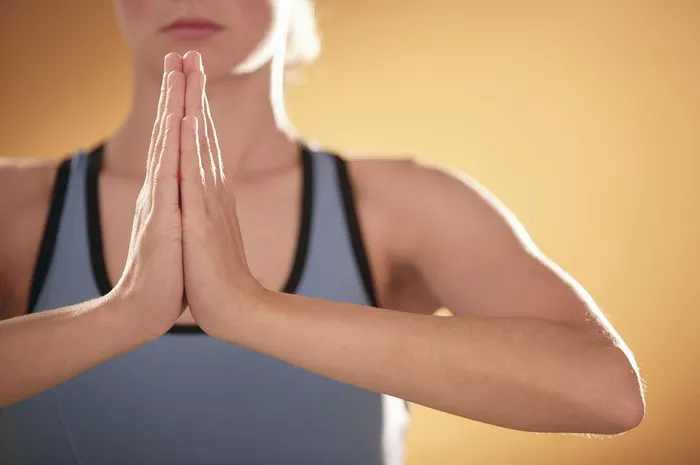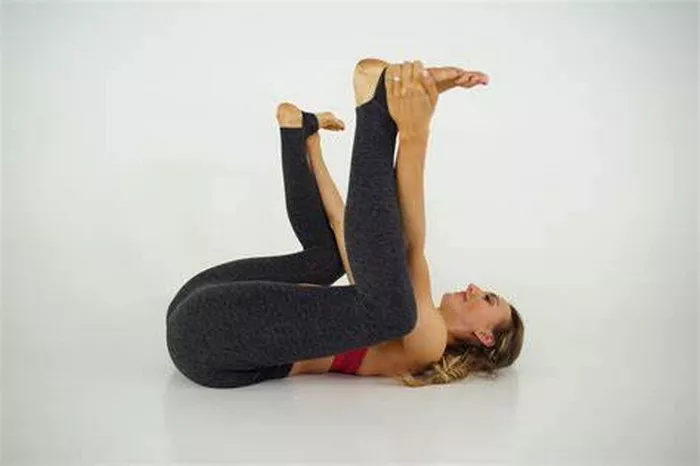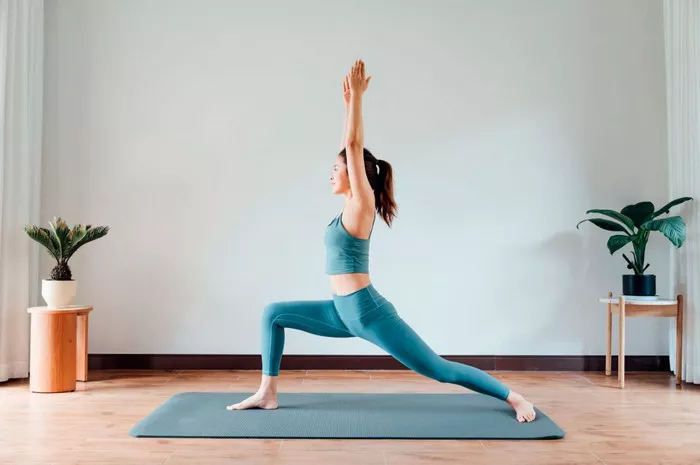Yoga is a transformative practice that unites the body, mind, and spirit. Among the myriad poses practiced in yoga, the Bow Pose, or Dhanurasana, is often cited as one of the more challenging asanas for many practitioners. This back-bending posture requires a combination of flexibility, strength, balance, and mental focus, making it a compelling yet demanding pose to master. But what exactly makes Bow Pose so difficult? In this article, we will explore the anatomical, physiological, and mental challenges of the pose while offering insights to help practitioners better understand and approach this rewarding asana.
Understanding the Bow Pose (Dhanurasana)
The Bow Pose derives its name from the Sanskrit words “dhanu,” meaning bow, and “asana,” meaning posture. When performed correctly, the pose resembles a drawn bow, with the torso and legs representing the curve and the arms the string. The pose offers numerous benefits, such as strengthening the back and abdominal muscles, opening the chest and shoulders, and improving posture and spinal flexibility.
The Core Challenges of the Bow Pose
1. Flexibility Requirements
One of the primary reasons Bow Pose is difficult is the significant flexibility required in multiple areas of the body:
Spinal Flexibility: The Bow Pose demands deep extension of the spine, particularly in the lumbar (lower back) and thoracic (upper back) regions. For many people, modern lifestyles, which involve prolonged sitting and slouching, lead to stiffness in these areas.
Quadriceps and Hip Flexors: Tight quadriceps and hip flexors can restrict the ability to lift the thighs off the mat and bend the knees fully, which is essential for achieving the pose’s arching shape.
Shoulder Mobility: Reaching back to grasp the ankles requires open and flexible shoulders. For individuals with tight shoulders, this can be a significant obstacle.
2. Strength Challenges
Flexibility alone is not enough to perform the Bow Pose. It also demands strength in several muscle groups to stabilize the body and maintain the posture:
Back Muscles: The erector spinae and other back muscles must work to lift and support the chest while countering the pull of gravity.
Leg Muscles: The hamstrings and glutes play a vital role in lifting the legs off the floor and maintaining their position.
Core Engagement: The abdominal muscles need to activate to protect the lower back and maintain balance in the pose.
3. Coordination and Balance
The Bow Pose challenges practitioners to synchronize multiple actions:
- Pulling the legs back while simultaneously lifting the chest.
- Distributing effort evenly between the upper and lower body.
- Maintaining balance on the abdomen without tipping sideways or straining the lower back.
Achieving this level of coordination requires not only physical strength but also heightened body awareness.
4. Breath Control
In the Bow Pose, the abdomen presses into the floor, restricting diaphragmatic movement and making it harder to breathe deeply. This can lead to tension or shallow breathing, further complicating the posture. Learning to maintain steady, controlled breathing while holding the pose is a key aspect of mastering Dhanurasana.
5. Mental Barriers
The psychological aspect of the Bow Pose can also be daunting. Fear of falling, discomfort from stretching tight muscles, or frustration with physical limitations can all hinder progress. Additionally, backbends are known to evoke emotional releases, which some practitioners may find overwhelming.
Common Mistakes in Bow Pose
Many challenges in Bow Pose arise from common misalignments or habits. Here are a few issues to watch out for:
Overarching the Lower Back
Excessive compression in the lumbar spine can lead to discomfort or injury. Engaging the core and lengthening the spine can help mitigate this risk.
Tight Shoulders
If the shoulders are not open, practitioners may strain to reach their ankles, causing improper alignment and discomfort.
Neglecting the Legs
Inadequate activation of the legs can result in a “flat” pose where the chest and thighs remain close to the ground.
Holding the Breath
Forgetting to breathe can increase tension and limit the duration of the pose.
Tips for Overcoming Difficulties in Bow Pose
To progress in the Bow Pose, practitioners should focus on a balanced approach that combines preparation, alignment, and mindfulness. Here are some tips:
1. Prepare the Body with Targeted Stretches
For the Spine: Practice Cat-Cow stretches, Cobra Pose (Bhujangasana), and Locust Pose (Salabhasana) to increase spinal mobility and strength.
For the Quadriceps and Hip Flexors: Include lunges, Reclined Hero Pose (Supta Virasana), and quad stretches in your practice.
For the Shoulders: Try Cow Face Pose (Gomukhasana) arms, Shoulder Rolls, and Thread the Needle pose to open the shoulders.
2. Strengthen Key Muscles
Regularly incorporating strength-building exercises for the core, glutes, and back can improve stability and control in Bow Pose. Plank variations, Bridge Pose, and Boat Pose are excellent options.
3. Use Props
Props such as yoga straps can help bridge the gap if reaching the ankles is challenging. Loop the strap around your ankles and hold the ends to reduce strain.
4. Focus on Alignment
- Lengthen the spine before lifting into the pose to avoid compressing the lower back.
- Ensure equal effort from the arms and legs to create a balanced curve.
- Keep the neck neutral to avoid strain.
5. Practice Mindful Breathing
Slow, steady breathing can help ease tension and improve focus. Visualize the breath flowing into the chest and opening the heart as you hold the pose.
6. Be Patient and Consistent
Progress in Bow Pose takes time. Celebrate small improvements, and avoid pushing your body beyond its limits.
The Rewards of Perseverance
Despite its challenges, the Bow Pose offers numerous benefits that make it worth the effort:
Enhanced Flexibility: Regular practice improves the mobility of the spine, shoulders, and hips.
Strengthened Back and Core: The pose builds resilience in the muscles that support the spine, aiding in better posture and reduced back pain.
Opened Chest and Improved Breathing: Bow Pose counteracts the effects of slouching and promotes deeper, more efficient breathing.
Emotional Release: Backbends like Dhanurasana can release stored tension and promote a sense of lightness and joy.
Conclusion
The Bow Pose is undoubtedly a challenging asana, but it is also immensely rewarding. Its difficulty arises from the intricate interplay of flexibility, strength, coordination, and mental focus required to perform it. By understanding the pose’s demands and approaching it with patience and mindful preparation, practitioners can gradually overcome its challenges and unlock its many benefits. Remember, yoga is not about achieving perfection but about the journey of self-discovery and growth. With dedication and consistent practice, the Bow Pose can become a source of empowerment and joy in your yoga journey.
Related Topics:

























